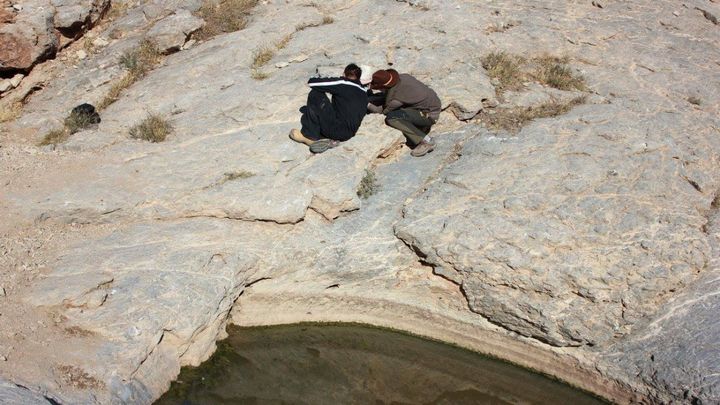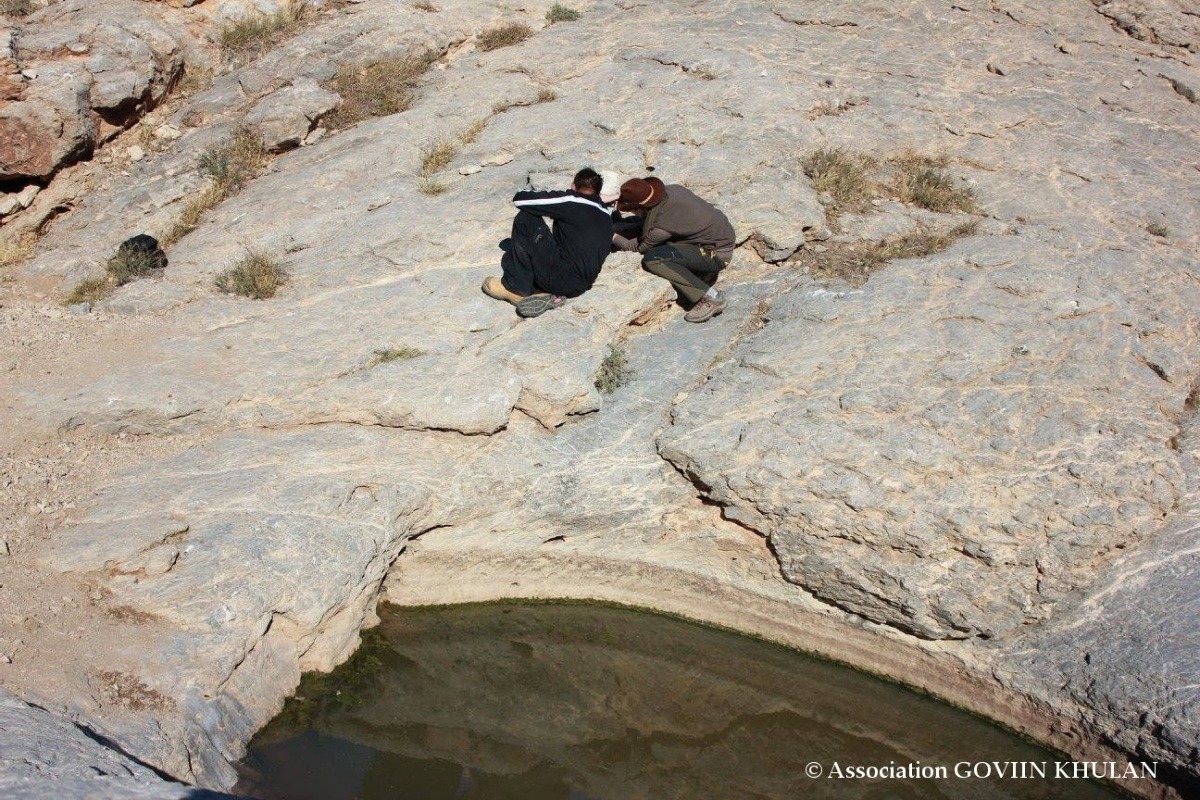
Capacity building for rangers in the Gobi Desert
Why do we need your help?
Association GOVIIN KHULAN is the only non-profit organization which is solely committed to protect the threatened Mongolian khulan (which is one sub-species of the Asiatic wild ass or Asiatic Onager) and its habitat in the Gobi Desert of Mongolia. We work in the south and southeastern parts of the Gobi Desert since 2008 in partnership with local protected areas' administration and rangers, and the local community of our study area. 
The Mongolian khulan (Equus hemionus hemionus) is one of the 5 recognized sub-species of the Asiatic Wild Ass and currently represents the largest population of this species in the world. The Mongolian khulan mainly lives in the Gobi Desert of Mongolia, with small populations in north of China (Xinjiang and Inner Mongolia). Mongolia thus represents a very important place for conservation of the Asiatic Wild Ass. The Mongolian khulan is listened in the IUCN Red List as "near threatened" but this species's survival is still at high risk due to its habitat fragmentation, a competition with domestic livestock to access to natural resources (pastures and water points), climate change, and illegal hunting of this species.
The population of the Mongolian khulan has been estimated to be about 30,000 individuals in Mongolia.
The Gobi Desert ecosystem which is unique but also very vulnerable and impacted by human activities and Climate change is home of many other endangered wild species, such as: snow leopard, black-tailed/goitered gazelle, wild sheep (argali sheep), wild goat (Ibex), Mongolian gazelle, corsac fox, Cinereous vulture, Steppe eagle, grey wolf, manul (Pallas' cat) and many other animal species as well as many endangered species of plants such as the saxaul bush.
In 2016, we started - in partnership with another organization - to train some of the protected areas' staff and rangers, border troops officers and some community leaders about ecology, biodiversity conservation and research methods (e.g: use of camera traps and collection of samples for research). The number of park rangers in the protected area we work with has increased and we need now to train the new rangers. We also need to provide all rangers and community leaders that we trained before with updated and additional trainings, as well as to develop our training of border troops officers located in protected areas.
The trainings will be organized all year round, using on-site, in-the-field and online training activities and knowledge assessments. Our online training activities will help to develop a professional distance training program that will contribute to keep our scientific team and the team of the protected areas' administration connected and involved in training activities all year-round to improve rangers' learning and understanding of the curriculum's topics, as well as to adapt to any further lockdown situations (e.g. Covid-19 pandemic situation that we have experienced since end of 2019) or other emergency situation that could prevent our team to travel to our study area located in the Gobi Desert. Our trainings will be conducted on a "Training the future trainers" approach where the trainees will contribute to raise local awareness about protection of the Gobi Desert ecosystem and its wild species using the knowkedge and skills they did get during our training activities, having then a broader impact on the whole community of our study area.
How are we planning to use this funding?
1. Develop specific curriculums about:
*ecology and biodiversity conservation,
*ecology of the Mongolian khulan and other Gobi wild species and their ecological services,
*the Gobi Desert ecosystem and its ecological services,
*wildlife-friendly observations, community-based tourism and eco-tourism in the buffer zone of the protected
areas and outside the protected areas,
*advanced training about ecology and biodiversity conservation for protected areas' staff and rangers,
*research methods specifically designed for protected areas' rangers and community leaders.
2. Buy some equipment: a box to transport and keep all resources and items, some books about the topics that will be taught, a tablet for the rangers to use as educational tool with the local community, internet connexion to keep a regular connection between our team and rangers even when they are in the field, and some items for the training about research methods,
3. Printing of brochures and educational resources,
4. Translation and graphic design for all resources created,
5. One field trip of about 12 days to start the training on-site and in-the-field for rangers and community leaders.
To know more about our organization and actions:
Association GOVIIN KHULAN website
Our Facebook page
Goviin Khulan on Instagram
This will be the first stage of a long-term training program.
Thank you in advance for your contribution to this very important project that will help improve professional capacity of protected areas' rangers and community leaders of the Gobi Desert, and will make a great impact on conservation of the Mongolian khulan, other endangered wild Gobi species and the Gobi Desert ecosystem!  Photo captured by one of our camera trap that a citizen scientist we trained did set up at a dry riverbed in 2019.
Photo captured by one of our camera trap that a citizen scientist we trained did set up at a dry riverbed in 2019.
Photo below: set up of camera traps at a water source in the Gobi Desert with protected areas' staff. 
Organizer
Inspired to help? Start a fundraiser for someone you know


